基于ZIF-8的一价铜复合材料的制备及性能研究毕业论文
2020-04-22 19:46:47
摘 要
π络合吸附作为吸附分离的一个重要分支,且铜作为一种廉价无毒的金属,因而Cu(I)络合吸附剂有着广阔的研究和应用前景,受到广大研究者青睐。本文正是基于π络合吸附的原理,以ZIF-8为载体,双溶剂法引入Cu(II)前驱体,通过在惰性气氛中的高温处理过程,制备得到性能优异的吸附剂材料。
首先,本文利用双溶剂法制备Cu(II)@ZIF-8,通过X射线衍射(XRD)、氮气吸附/脱附等温线、扫面电镜(SEM)等表征,表明通过双溶剂法引入的Cu2 全部被引入ZIF-8的孔道内,且很好地保持了原始ZIF-8的微孔结构。其次,经高温处理后得到Cu/Z8,通过XRD、氮气吸附/脱附等温线、X射线光电子能谱(XPS)等表征,表明20Cu/Z8引入的Cu物种过量,过量的Cu物种被碳骨架还原成Cu0,Cu0聚集在孔道外;而15Cu/Z8和18Cu/Z8中的Cu以Cu 和Cu2 两种价态存在,且Cu物种均匀分散在样品中。将制备得到的吸附剂运用于从CO和N2混合气中选择性吸附分离CO,18Cu/Z8的CO吸附量达到31.65 cm3·g–1,是ZIF-8的4倍多。Cu/Z8中Cu 与CO之间的π络合作用力,使得其对CO的吸附量及吸附等温线线形发生改变。
关键词:Cu(I)络合吸附剂 ZIF-8 双溶剂法 CO吸附
Preparation and Properties of Monovalent Copper Composites Based on ZIF-8
Abstract
π complex adsorption is an important branch of adsorption separation. Cu is a inexpensive and non-toxic metal. Therefore, Cu(I) complex adsorbent has spacious research and utilization foreground and it is favored by researchers. Based on the principle of π-complex adsorption, this paper introduces Cu(II) precursor by ZIF-8 as carrier and introduces Cu(II) precursor by double-solvent method. The adsorbent material with excellent performance is fabricated by high temperature treatment in inert gas environment.
Firstly, Cu(II)@ZIF-8 was prepared by double-solvent method. It was characterized by X-ray diffraction (XRD), nitrogen adsorption/desorption isotherm, scanning electron microscopy (SEM), etc., indicating Cu2 introduced by the double -solvent method. All were introduced into the channels of ZIF-8 and the microporous structure of the original ZIF-8 was well maintained. After high temperature treatment, Cu/Z8 was obtained. The XRD, nitrogen adsorption/desorption isotherms, X-ray photoelectron spectroscopy (XPS) and other characterizations indicated that the Cu species introduced by 20Cu/Z8 was excessive. The excess Cu species were reduced to Cu0 by carbon skeleton, and Cu0 accumulated outside the pores. Cu in 15Cu/Z8 and 18Cu/Z8 exists in two valence states of Cu and Cu2 , and the Cu species are uniformly dispersed in the sample. The prepared adsorbent was applied to selectively adsorb CO from CO and N2 mixed gas, and the CO adsorption amount of 18Cu/Z8 reached 31.65 cm3·g–1, which was more than four times that of ZIF-8. The π-complex force between Cu and CO in Cu/Z8 makes the adsorption amount of CO and the adsorption isotherm linearity change.
Key words: Cu(I) complex adsorbent; ZIF-8; Double solvent method; CO adsorption
目 录
摘 要 I
Abstract II
第一章 绪论 1
1.1 引言 1
1.2 吸附分离概述 1
1.2.1 吸附类型 1
1.2.2 吸附机理 2
1.2.3 吸附平衡与等温线模型 3
1.3 π络合吸附剂的研究进展 3
1.3.1 π络合吸附剂的制备方法 4
1.3.2 π络合吸附剂的分类 5
1.4 π络合吸附剂的应用 8
1.4.1 一氧化碳的吸附 8
1.4.2 烯烃/烷烃的吸附分离 8
1.4.3 燃料油的深度脱硫 9
1.5 本论文的研究思路和内容 9
第二章 实验部分 11
2.1 实验原料 11
2.2 材料的制备 11
2.2.1 载体ZIF-8的合成 11
2.2.2 Cu(II)@ZIF-8的合成 11
2.2.3 Cu/Z8的合成 12
2.3 样品表征 12
2.3.1 X射线衍射 12
2.3.2 孔结构测试 12
2.3.3 红外光谱 12
2.3.4 热重 12
2.3.5 扫描电镜 13
2.3.6 X射线光电子能谱 13
2.4 气体吸附等温线的测定 13
第三章 实验结果与讨论 14
3.1 吸附剂的表征 14
3.1.1 X射线粉末衍射 14
3.1.2 氮气吸附/脱附等温线 15
3.1.3 扫描电镜 16
3.1.3 傅里叶红外光谱 17
3.1.4 热重分析 18
3.1.5 X射线光电子能谱分析 19
3.2 CO吸附性能 20
第四章 结论与展望 24
4.1 结论 24
4.2 展望 24
参考文献 26
致 谢 29
第一章 绪论
1.1 引言
一直以来,吸附作为一种常用的分离方法被广泛的应用于人们的生产生活中。然而,一些传统的具有大比表面积的的吸附剂都是通过物理的筛分作用来实现对吸附质的吸附。当遇到一些有着相似的分子尺寸和物理性质的混合体系,比如烯烃/烷烃、CO/N2以及燃料油中的噻吩硫化物等,使用基于范德华吸附的吸附剂无法有效实现有选择性的分离。因此,利用过渡金属离子与不饱和键之间形成的π络合吸附剂应运而生[1]。由于π络合吸附分离对某些混合体系中的某些组分具有非常强的选择性吸附作用,并且基于其比范德华力强又弱于化学吸附的作用力,使其能够通过简单的工艺实现脱附进行循环利用,因此,π络合吸附分离技术以它独有的优势,产生了广阔的应用前景。本文中所设计开发的吸附剂正是基于π络合吸附的原理。
1.2 吸附分离概述
1.2.1 吸附类型
吸附是固体或液体表面对溶质的吸着现象[2]。通常将吸附分为物理吸附、化学吸附以及π络合吸附[3]。
(1)物理吸附
相关图片展示:
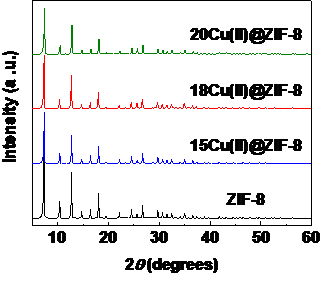
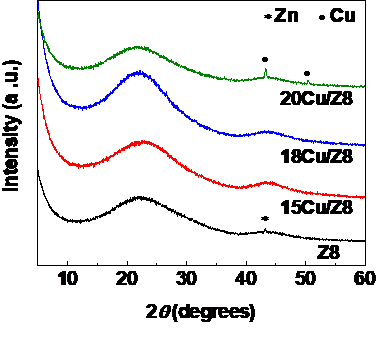
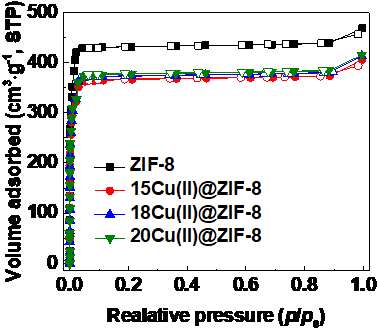
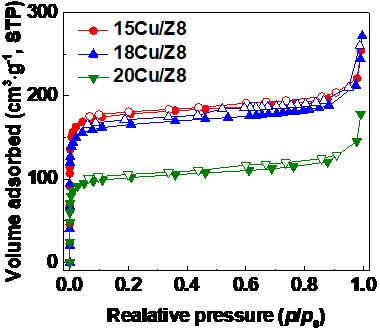
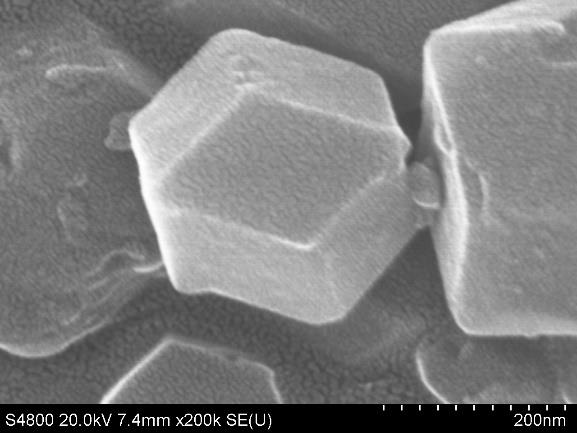
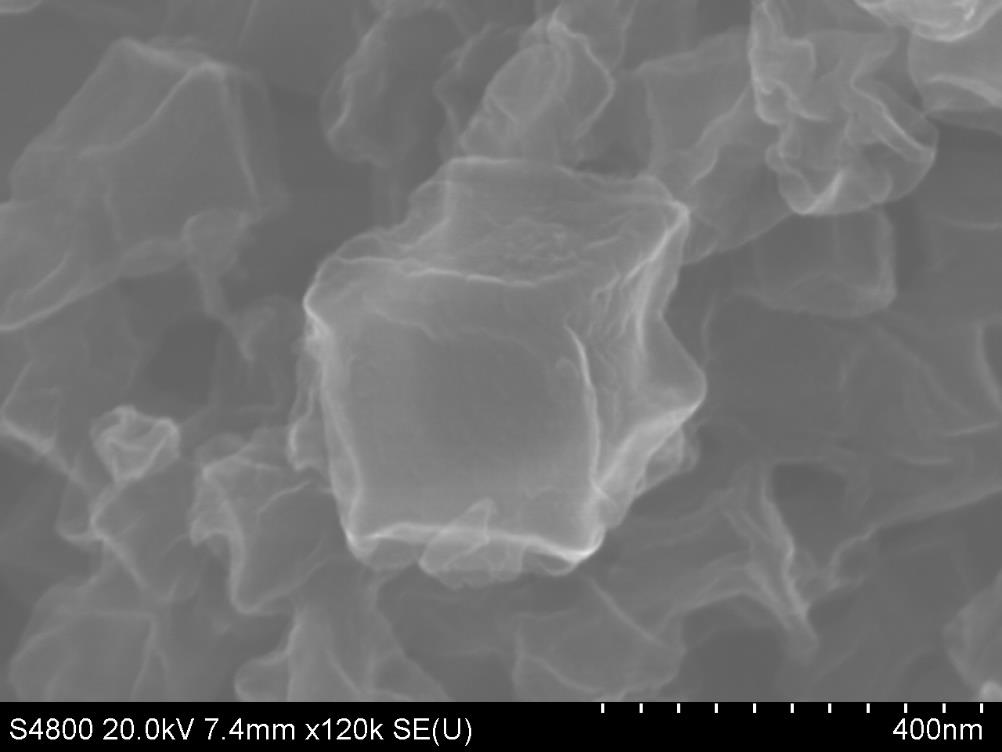
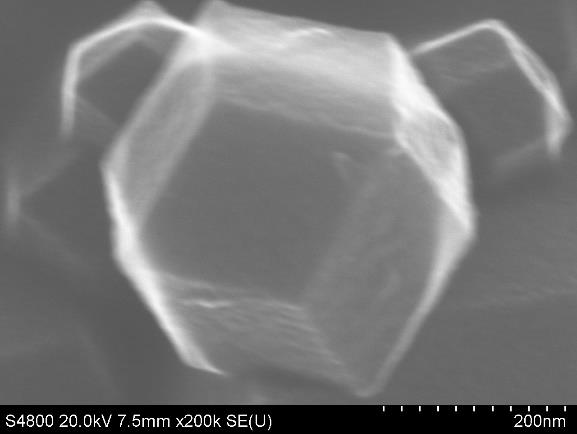
课题毕业论文、开题报告、任务书、外文翻译、程序设计、图纸设计等资料可联系客服协助查找。



